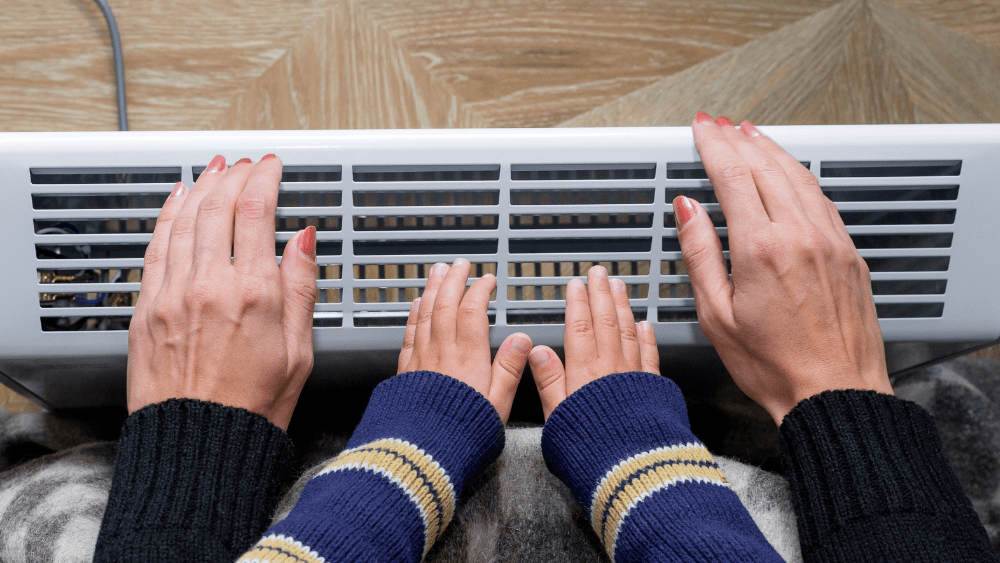
Did you know that December, January, and February are the leading months for home heating fires? As the subzero temperatures touch down in the Stateline, it’s important to make sure you are taking the right precautions and prevention if you are using a space heater.
The National Fire Protection Association is now urging people to be extremely careful when using their space heaters. Small space heaters are typically used in a smaller room to keep it heated but only for a short amount of time.
The NFPA’s latest heating equipment statistics say that there has been an average of 48,530 fires home heating fires that have occurred each year between 2014 and 2018, which has resulted in an estimated 500 deaths, 1,350 injuries, and $1.1 billion in property damage.
According to the National Fire Protection Association, you should take into consideration, these tips and guidelines for safely heating your home:
- Heating equipment and chimneys should be cleaned and inspected every year by a qualified professional.
- Keep anything that can burn at least three feet (one meter) away from all heating equipment, including furnaces, fireplaces, wood stoves, and space heaters.
- Always use the right kind of fuel, as specified by the manufacturer, for fuel-burning space heaters.
- Create a three-foot (one meter) “kid-free zone” around open fires and space heaters.
- Make sure space heaters are in good working order and used in accordance with the manufacturer’s instructions. Turn portable heaters off when leaving the room or going to bed.
- Fireplaces should have a sturdy screen to stop sparks from flying into the room. Ashes should be cool before putting them in a metal container, which should be placed outside at least 10 feet away from your home.
- All fuel-burning equipment should be vented to the outside to avoid carbon monoxide (CO) poisoning.
- If you smell gas in your gas heater, do not light the appliance. Leave the home immediately and call your local fire department or gas company.
- Make sure smoke and carbon monoxide alarms are located throughout the home; test them monthly to ensure that they’re working properly.





